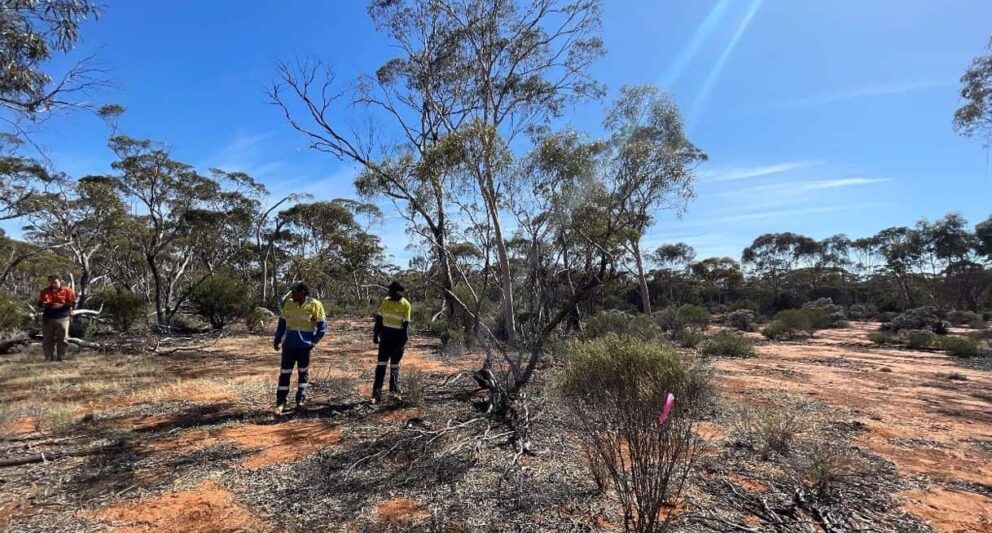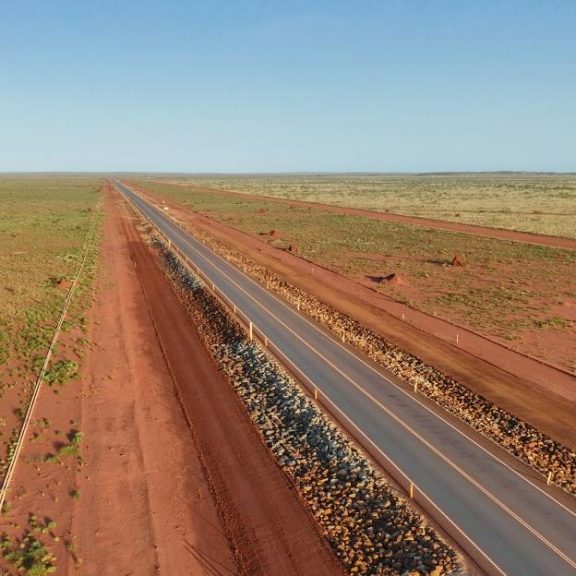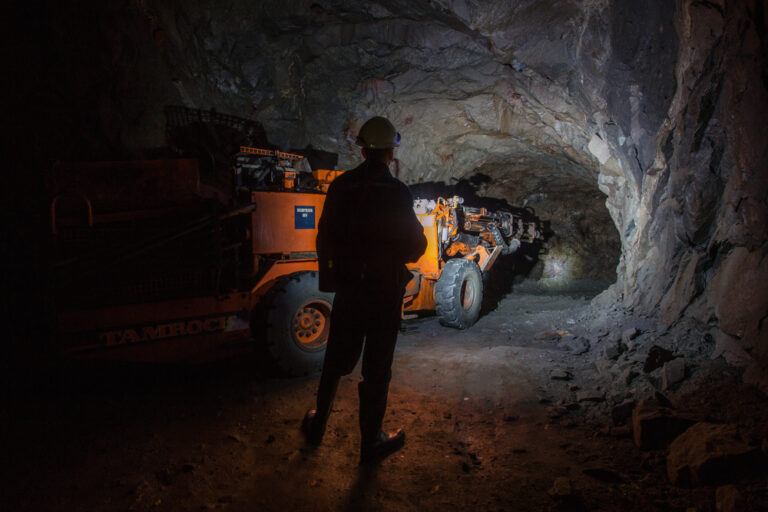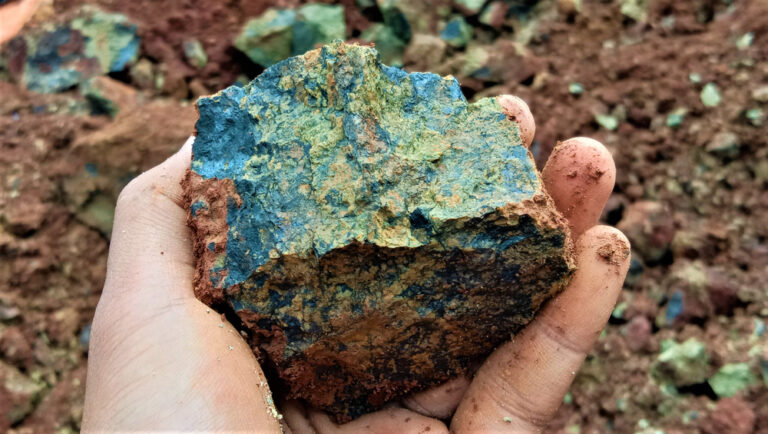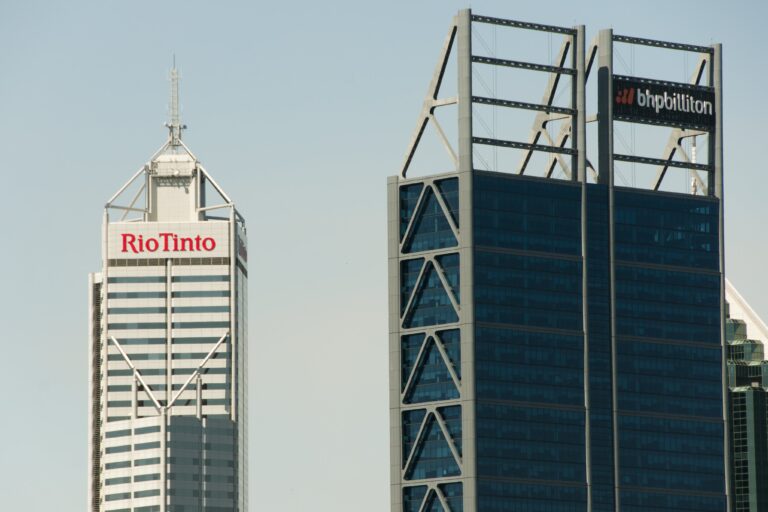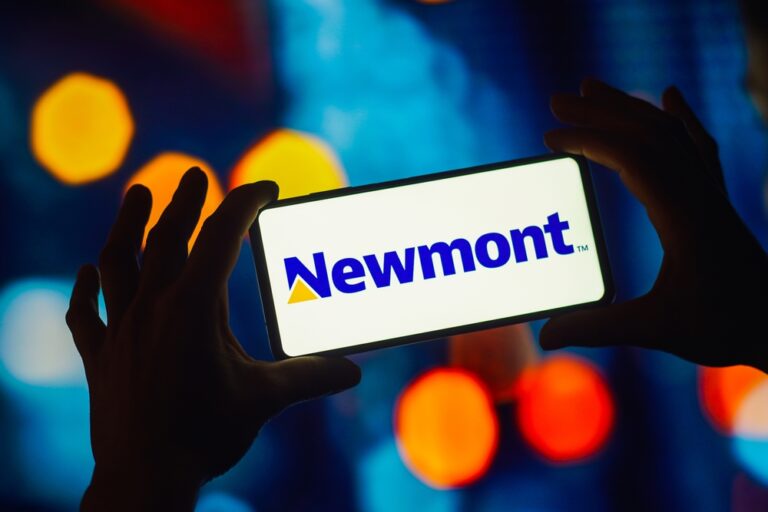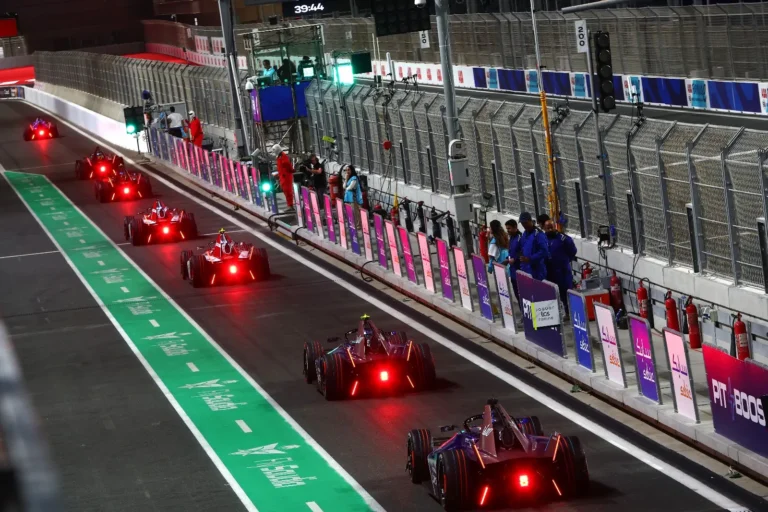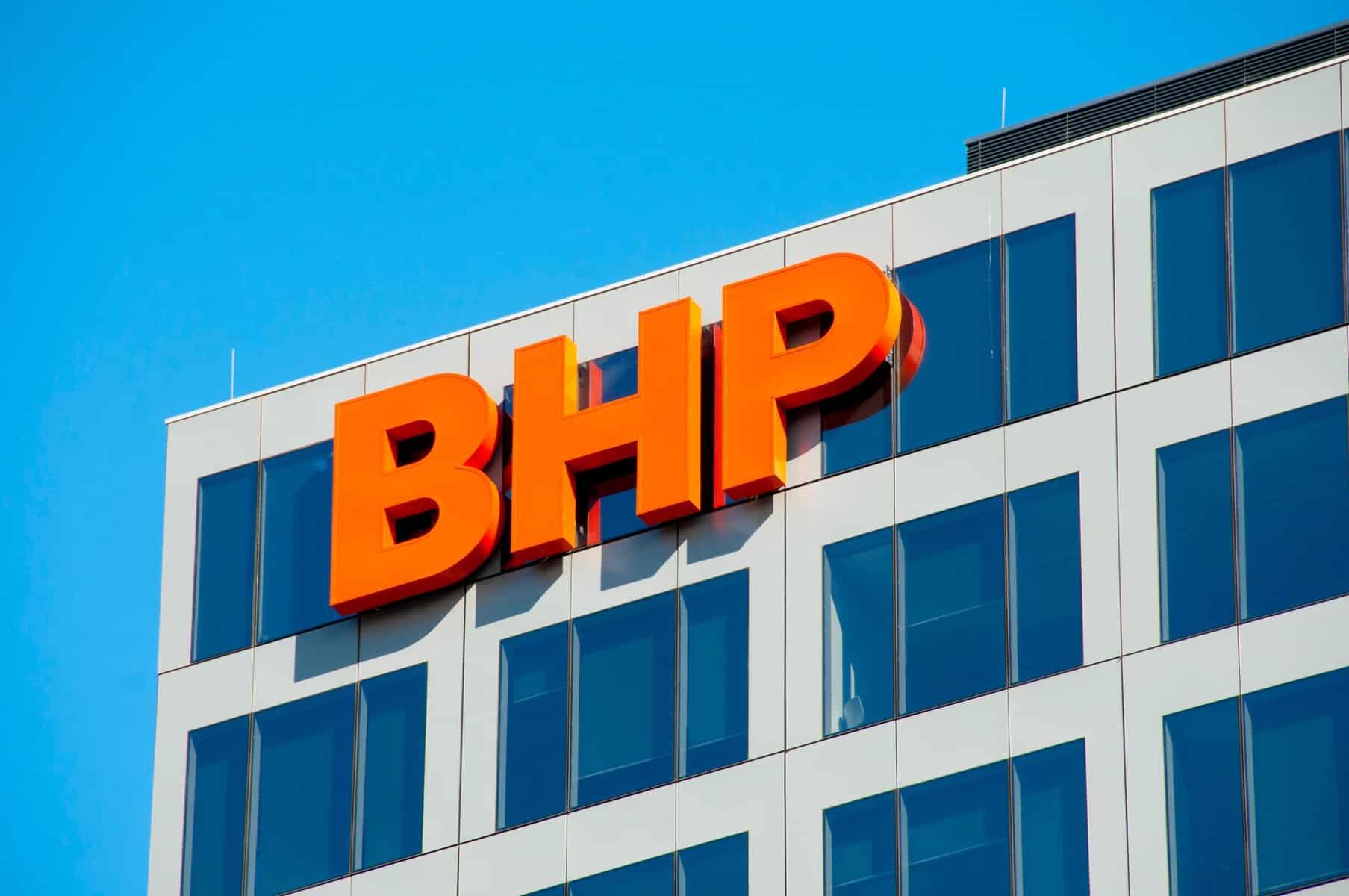
A largely unknown site has said the quiet part out loud.
On Friday evening, SteelOrbis, a small website based in Istanbul, published a story suggesting that BHP (ASX: BHP) would settle 30% of its spot iron ore sales to China in RMB instead of US dollars starting in Q4 2025.
The report, while attention grabbing, has yet to be confirmed, as both BHP and China’s state-run iron ore buyer CMRG are keeping quiet amid ongoing negotiations.
Similar unconfirmed reports surfaced in late September, claiming that CMRG had told major steelmakers and traders to temporarily halt purchases of all new BHP (ASX: BHP) cargoes.
In this case, the reports prompted a more substantial reaction, with Prime Minister Anthony Albanese saying he was “concerned” and urging Beijing and BHP to resolve the issue, citing the resounding impacts it could have for both China and Australia.
Despite the uncertainty, by Wednesday BHP Australia president Geraldine Slattery was responding to questioning on the negotiations at The West Australian’s Leadership Matters breakfast, reassuring the audience this was a normal part of business.
“[These negotiations] happen every year, and yes, there’s decent speculation in the press and often conflicting speculation, but I think the takeaway is we’ve got strong relationships with customers in China,” she said.
The amount of coverage, or speculation, around the topic is notable. Where there’s smoke there might be fire — and the release out of Türkiye has quickly heated up like another ember.
The currency change could realise the significant power shift China has been seeking in its negotiations. While Australia’s current iron ore trade with China is largely symbiotic, China has been moving to gain more leverage in recent years.
The establishment of CMRG in 2022 heralded this power grab, with China wanting to centralise iron ore demand, tighten control over the global steel market and give Chinese steel producers more control over prices. CMRG’s most recent intervention with BHP highlights the country’s distaste for market-led prices and preference for private contract negotiations.
The currency shift could also support some of China’s broader strategic aspirations, including contributing to a weaker US dollar — something already taking effect, as the dollar fell Thursday against the euro, yen and Swiss Franc amid growing US-China trade tensions.
Independent Economist Saul Eslake says the shift to RMB would not be surprising.
“China has for some years been looking to do more of its trade in RMB rather than US dollars,” he said.
The shift would allow China to call the shots on price, with the exchange rate risk transferred to the miners rather than buyers.
“This obviously transfers the risk of any depreciation of the RMB versus the USD to BHP, and BHP will no doubt incorporate that into its currency risk management systems as they already do with AUD-USD risk,” Mr Eslake said.
This type of exchange is becoming more common. A large proportion of China’s trade with fellow BRICS countries is now done in RMB — including with Australia’s largest iron ore competitor Brazil, Mr Eslake said.
What is distinct about this potential deal, however, is the way it has come about: amid secretive, tense and seemingly aggressive negotiations that shake up an already mutually beneficial arrangement.
It comes as the global iron ore market is starting to look different — and this powerplay from China could be hitting BHP at a sensitive time.
As a major supplier or iron ore, copper and coal — particularly to China — BHP is heavily exposed to fluctuations in demand. In FY25, Chinese customers accounted for about 60% of the miner’s revenue.
Supply is outpacing demand as China’s appetite for iron ore shrinks and the Simandou mine, which sees China and Rio Tinto joining forces, comes online in late 2025.
While China’s iron ore imports rose 1.9% in the June quarter, overall demand is softening. Port stockpiles have fallen 7% year-on-year, according to the September Resources and Energy Quarterly. Iron ore prices hit a five-year low in mid-2025 but rebounded to around $100/t in Q3, driven by improved steel margins, lower inventories and stimulus hopes.
However, the rebound is expected to be temporary. Ms Slattery implied it was unlikely for prices to dip below $80/t, though others believe the price could go lower.
While BHP is maintaining an even keel, the calm may be short-lived. Prime Minister Albanese and US President Donald Trump will finally hold their first in-person meeting on Monday, with a potential meeting between President Trump and Chinese President Xi Jinping also on the horizon.
Discretion, a quality not readily associated with President Trump, could be the first thing to go overboard.

